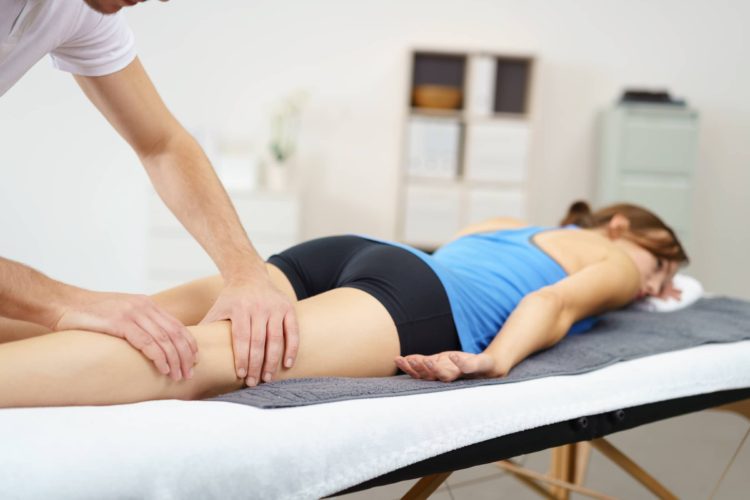Does a Massager with Heat Help Poor Circulation in the Legs

The following analysis examines how effectively enhances blood flow in the legs from the perspectives of heat therapy, compression therapy, and the release of endorphins, while considering other methods for improving circulation in the legs.
Heat Therapy
The basic functions of the heated massager are heat therapy, acting directly on leg muscles and blood vessels through the action of localized heating, which permits acceleration in the flow of blood. In other words, heat therapy increases capillary dilation to allow more blood flow and helps to reduce muscle tension and stiffness.

In the report presented by Vascular Health and Heat Therapy Research, it was stated that 85% of patients treated with heat therapy devices reported significant relief in leg numbness and stiffness, especially during cold weather or after sitting for an extended period of time.
The application of heat therapy within the temperature range of 40°C to 50°C significantly raises the local blood circulation, thereby increasing the blood flow rate by about 20%-30%, which is believed to be necessary for those who have been subjected to prolonged sessions of either sitting or standing.
Compression Shock Therapy
Compression shock therapy makes use of massagers with heated rhythmic pulses that apply intermittent pressure on the legs, forcing blood to flow from the lower extremities upward toward the heart.
Such employ pulse shock or airbag vibration to create a squeezing effect on the muscles-as happens during, say, muscle movement-in order to stimulate venous return and removal of metabolic waste.
operate at a frequency of 1800-3600 times per minute and create deep tissue shock similar to shockwave, which is a common physical therapy standard of treatment.
Compression devices control stages of pressure to increase the flow of venous blood and reduce swelling in the legs. This is especially beneficial for individuals who suffer from varicose veins or swelling of the legs due to long-time standing.
Endorphin Release
Massage works because the pressure one experiences in a massage gives rise to huge amounts of endorphins, which are natural pain-relievers. By doing so, pain relief not only occurs but blood circulation also improves. Heated massagers work by stimulating the nerve endings within one's skin and muscles to cause them to release endorphins, which give pain relief and indirectly improve blood flow by way of improved cardiovascular function.

According to data published in Exercise Recovery and Pain Management in 2022, frequent users of heated massagers increased their endorphin level by 15%. Endorphin release increases blood supply to the legs, lowering patients' pain scores by 30%-40%, with the analgesic effects lasting for several hours.
Other Improvement Methods
Apart from , there are a few more efficient daily methods of improving leg circulation, majorly through exercises and stretches, along with some compression techniques. These could be used in addition to any heated massager for better benefits.
-
Dynamic stretching of the hamstrings, calves, and ankle joints, along with 30 minutes of brisk walking, favors the venous blood return from the legs and increases vascular elasticity.
-
The socks also give graduated compression, enabling blood to flow back up to the heart, specifically for those suffering from varicose veins and poor leg circulation in general.
-
Clinical data showed that foam roller massages, along with heat therapy, increased blood flow in the legs by 35%, while leg pain and stiffness went down by 50%.
For long-term symptoms of poor circulation-such as tingling, numbness, cramps, or pain-one certainly will seek professional evaluation by a doctor or a podiatrist and combine methods for treatment.







